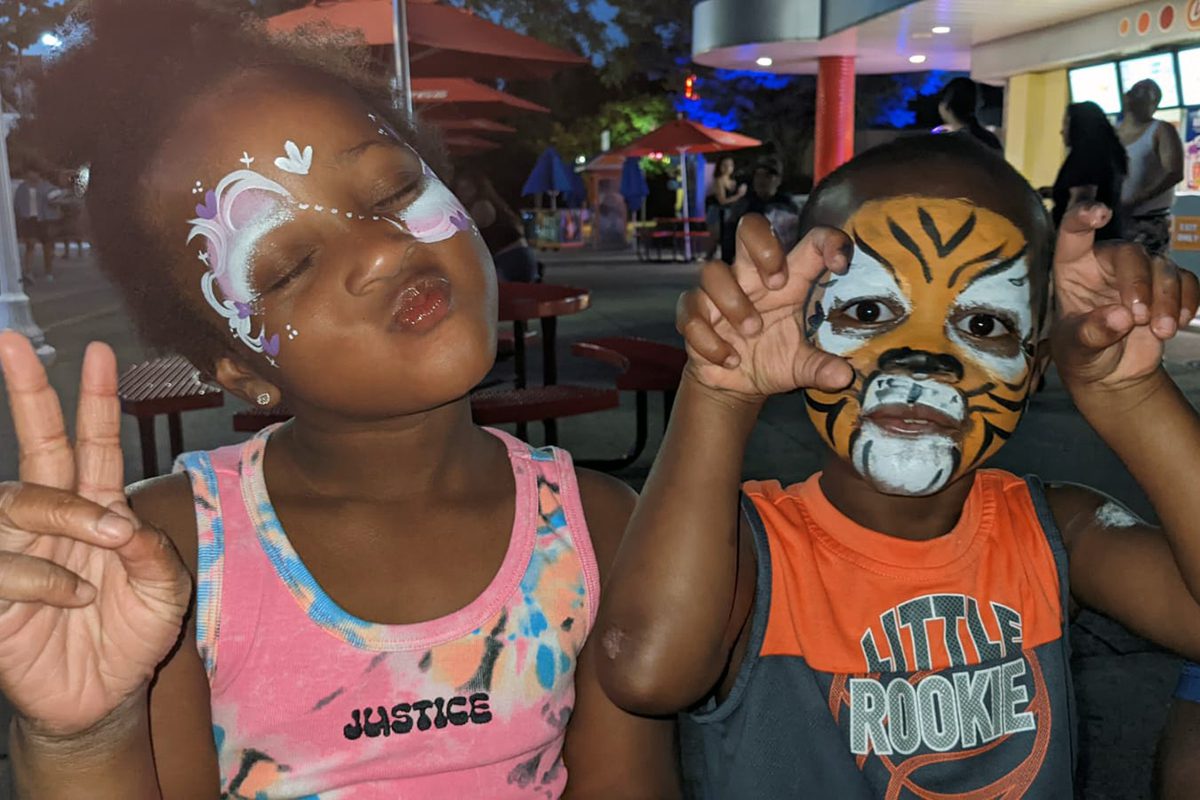Landon’s Story: Raising Awareness About Sickle Cell Disease

Shortly after my son Landon was born in 2019, he was diagnosed with sickle cell disease (SCD). My husband and I knew that a SCD diagnosis was a possibility since we were both carriers of the SCD trait. I have known since I was a teenager that I had the SCD trait, but my husband found out that he carried the trait during my first pregnancy with my older daughter, Avery.
Before Avery was born in 2016, my husband and I did a lot of research about SCD and bone marrow transplant as a potential cure for SCD. We decided to store Avery’s cord blood at the time of her birth because we knew it could potentially be lifesaving if it turned out that any future children, had SCD. It turned out Avery did not have SCD.
After Landon was born, he went through the standard routine newborn screenings. About two weeks later, I received a call from the hospital: Landon’s newborn screening test result was abnormal, making it likely that he had SCD. He would need to have additional tests to confirm the diagnosis, but we knew that it was unlikely that the results were false positive. My husband and I were saddened by Landon’s results: this was not the life we had envisioned for him. We immediately started researching Landon’s options for clinical trials and a bone marrow transplant.
What is Sickle Cell Disease?
Sickle cell disease (SCD) is a group of red blood cell disorders inherited from a person’s parents. Healthy red blood cells are usually round and flexible. They move easily through blood vessels to carry oxygen to parts of the body. People with SCD have hard and sticky red blood cells that look like a C-shaped “sickle.” Sickle cells die early, which causes a shortage of red blood cells. The sickle cells also get stuck and block or slow blood flow. This can cause pain and other serious complications such as infection, splenic sequestration, acute chest syndrome, and stroke.
There are several types of SCD. HbSS is the most severe form of the disease. This is the form of SCD that Landon has.
Who is at risk?
Approximately 100,000 Americans live with SCD. Although African Americans and people of African descent are most commonly affected by SCD, it also affects people of Hispanic, Middle Eastern, Southern European, Native American, and Asian Indian ancestry.
The disease is also prevalent in India, where more than 20 million people live with SCD.
Living with the disease
One of the reasons SCD is so devastating is that it affects every organ in the body. As the disease progresses over time, patients experience organ damage. In addition, because SCD patients have a lack of oxygen to their bones, they suffer from chronic pain with episodes of acute pain crisis.
Children with SCD fare better because, for the most part, there are medications (such as hydroxyurea or penicillin prophylaxis) that can prevent infections. The pain management for children with SCD is also less complicated than it is for adults. Adults who have been living with pain for many years often find that the pain medications are not as effective, requiring much higher doses to control their pain. This is complicated by the opioid crisis; there is often a stigma that SCD patients are abusing opioids or that their pain isn’t real. In addition, children with SCD also have a lot more resources and a stronger support system within the health care infrastructure than adults with SCD.
Sickle cell disease and mental health
Many people with SCD experience mental health challenges. The reality is, people with SCD face a lifetime of chronic pain and frequent hospitalizations, a gradual health deterioration, and shorter life expectancies. Since people of color are more commonly affected by this disease, they often deal with racism or face disparities in getting care. As a result, they suffer from depression and anxiety at much higher rates than the general population. The prevalence of depression among people with sickle cell disease is estimated to be five times higher than the general population.







